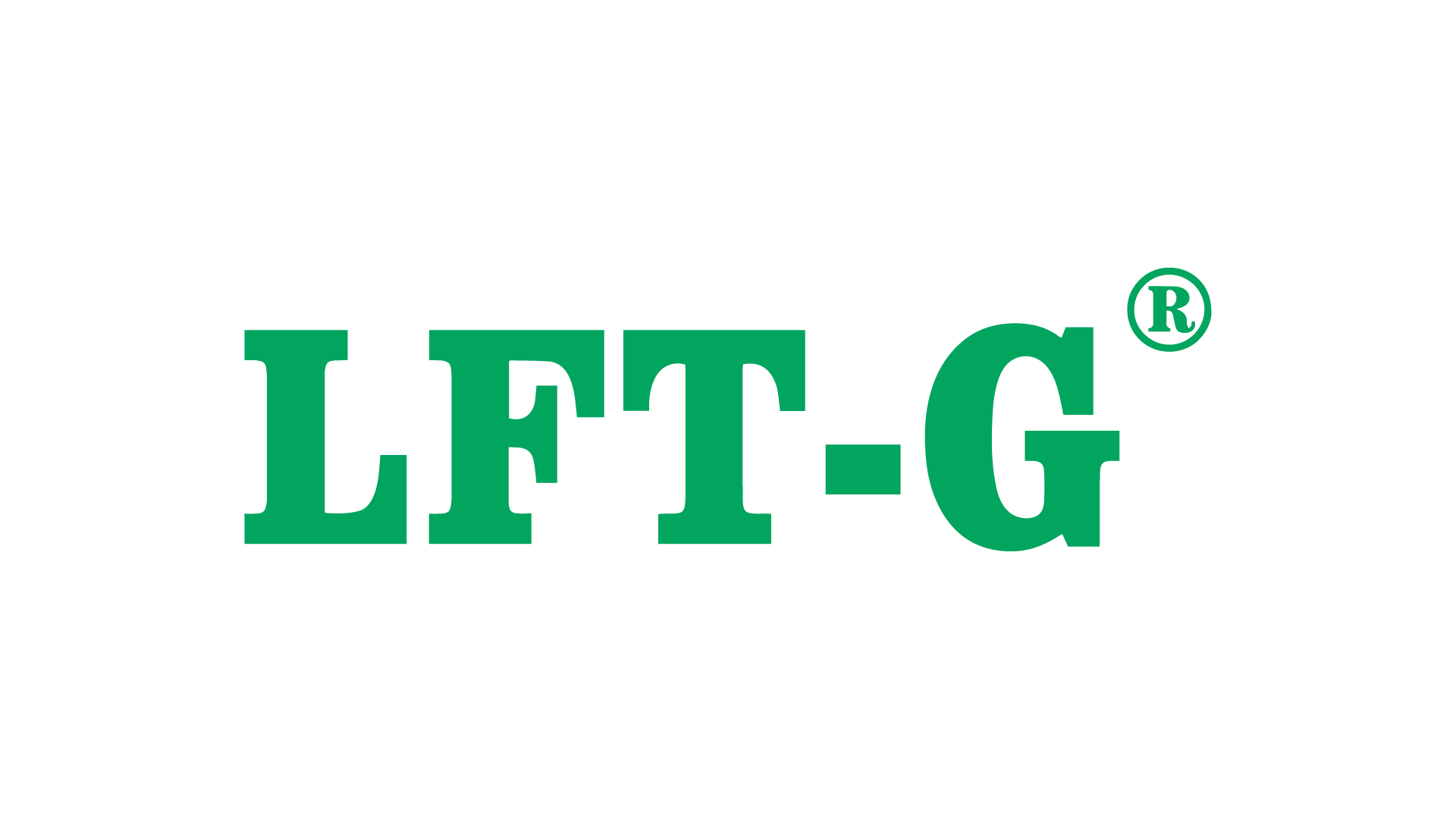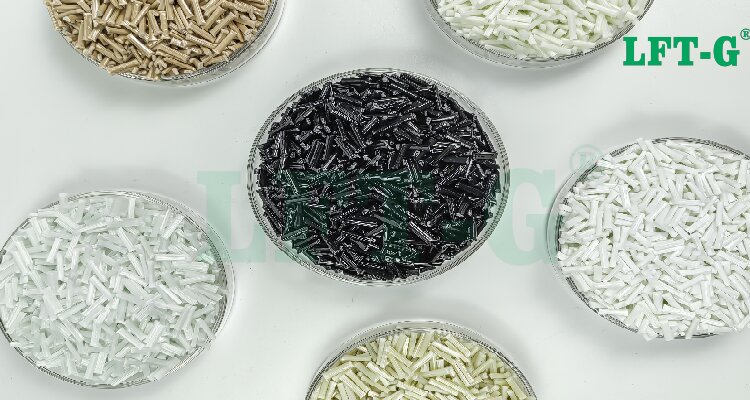nouveau blog

Matériaux composites renforcés de fibres longues, comprenant à la foisfibre de verre longue et fibre de carbone longue, sont largement utilisés dans des industries telles queautomobile, aérospatiale, outils électriques, appareils électroménagers et électroniqueen raison de leurs propriétés mécaniques exceptionnelles, de leur résistance aux hautes températures et de leur stabilité dimensionnelle.
Cependant, le choix d'une teneur en fibres appropriée est crucial pour garantir des performances optimales du matériau. Bien qu'une teneur en fibres élevée puisse sembler toujours préférable, le choix idéal repose sur un équilibre entre résistance, ténacité, aptitude à la transformation et coût.

L'impact de la teneur en fibres sur les performances des composites renforcés de fibres longues
La teneur en fibres des composites renforcés de fibres longues influence considérablement la résistance, la rigidité, la ténacité et l'aptitude au traitement du matériau.
Vous trouverez ci-dessous une analyse détaillée de la manière dont la teneur en fibres (allant de 20 à 60 %) affecte les performances du matériau :
1. Teneur en fibres de 20 à 30 % (fibre de verre/fibre de carbone)
Cette gamme est idéale pour les applications exigeant une ténacité et une résistance aux chocs supérieures. Avec une teneur en fibres plus faible, ce matériau offre une résistance et une rigidité moindres, mais une excellente fluidité, ce qui le rend idéal pour les pièces complexes ou à parois minces.
Avantages:
Excellente résistance aux chocs et ténacité, adaptée aux environnements à fort impact.
Meilleure aptitude au traitement, idéal pour les pièces complexes ou de petite taille.
Fragilité réduite, prolongeant la durée de vie du produit.
Applications:Boîtiers d'équipements sportifs, boîtiers d'appareils électroménagers, accessoires électroniques.
2. Teneur en fibres de 30 à 40 % (fibre de verre/fibre de carbone)
Il s'agit de la teneur en fibres la plus courante pour les applications industrielles. À ce niveau, le renforcement en fibres longues offre une amélioration équilibrée de la résistance, de la rigidité et de la stabilité dimensionnelle sans compromettre significativement l'aptitude à la mise en œuvre. Il offre la meilleure combinaison entre performances mécaniques et facilité de fabrication.
Avantages:
Excellentes propriétés mécaniques globales, notamment une résistance élevée, une rigidité et une résistance aux chocs.
Bonne aptitude au traitement avec une usure réduite du moule.
Stabilité dimensionnelle améliorée, idéale pour les environnements à haute température.
Applications: Pièces automobiles, boîtiers d'outils électriques, boîtiers électroniques, équipements de bureau.
3. Teneur en fibres de 40 à 50 % (fibre de verre/fibre de carbone)
Cette gamme est adaptée aux applications exigeant une résistance et une rigidité élevées, telles que les composants structurels automobiles et les pièces industrielles à haute résistance. Bien qu'elle améliore considérablement les propriétés mécaniques, elle peut compromettre l'usinabilité, rendant le moulage plus difficile.
Avantages:
Résistance, rigidité et résistance à la chaleur extrêmement élevées, adaptées aux environnements à charge élevée et à haute température.
Résistance à l'usure et aux chocs améliorée.
Inconvénients:
La transformabilité devient plus difficile, avec une usure plus importante du moule et des processus de moulage par injection plus complexes.
Une fragilité accrue peut rendre le matériau moins idéal pour les applications à fort impact.
Applications:Supports automobiles, composants de moteur, pièces de machines industrielles.
4. Teneur en fibres de 50 à 60 % (fibre de verre/fibre de carbone)
Cette gamme à forte teneur en fibres est généralement utilisée pour des applications industrielles spécialisées exigeant une résistance et une rigidité extrêmes, notamment dans les secteurs automobile et aérospatial. Cependant, elle augmente considérablement la difficulté et le coût de mise en œuvre.
Avantages :
Résistance, rigidité et résistance à l'usure extrêmement élevées, adaptées aux applications à charges lourdes, à haute température et à haute résistance.
Stabilité dimensionnelle et résistance aux chocs exceptionnelles.
Inconvénients :
La difficulté de traitement augmente, nécessitant des techniques avancées de moulage par injection et une usure plus importante du moule.
Coûts plus élevés en raison de la teneur accrue en fibres, ce qui le rend moins rentable pour certaines applications.
Applications:Composants structurels automobiles, pièces aérospatiales, machines haut de gamme.
Comment choisir la bonne teneur en fibres ?
Le choix de la teneur optimale en fibres dépend de plusieurs facteurs :
Exigences de performanceDéterminer la résistance, la ténacité, la résistance à la chaleur et les autres propriétés requises pour le produit final. Pour une résistance et une rigidité élevées, privilégiez une teneur en fibres de 40 à 60 % ; pour une ténacité et une résistance aux chocs supérieures, privilégiez une teneur en fibres de 20 à 30 %.
Exigences de traitementUne teneur en fibres plus élevée entraîne une fluidité moindre, ce qui peut compliquer le moulage. Tenez compte de la facilité de fabrication et de l'usure potentielle du moule lors du choix de la teneur en fibres.
Considérations relatives aux coûtsLe coût des fibres longues augmente avec leur teneur. Il est donc important d'équilibrer les performances et le coût des matériaux pour répondre aux exigences de votre produit.
Vous recherchez la meilleure solution composite renforcée de fibres longues pour votre produit ?
Contactez notre équipe d'experts dès aujourd'hui pour une consultation professionnelle et des solutions personnalisées pour faire passer vos produits au niveau supérieur !
